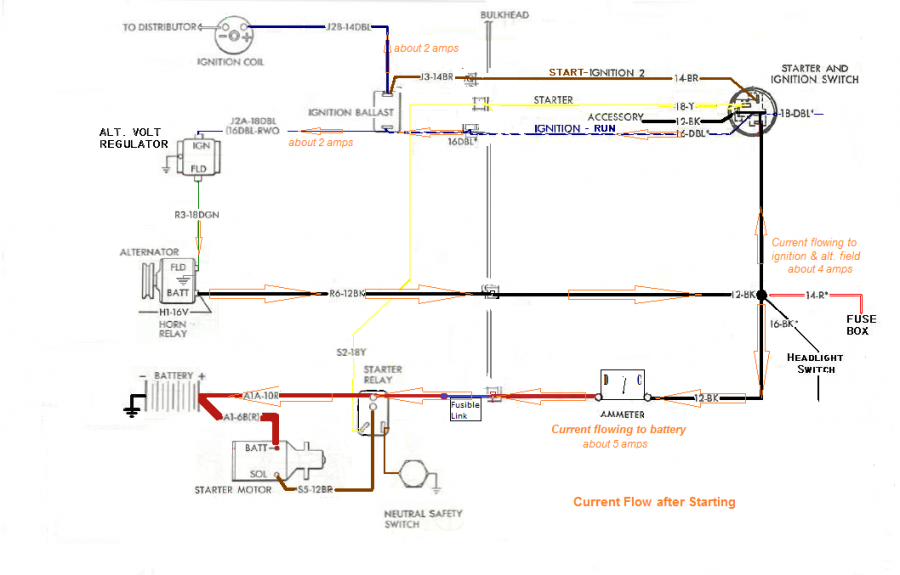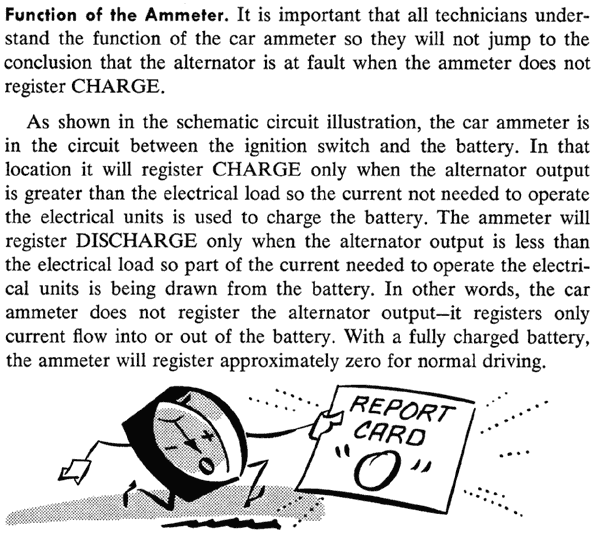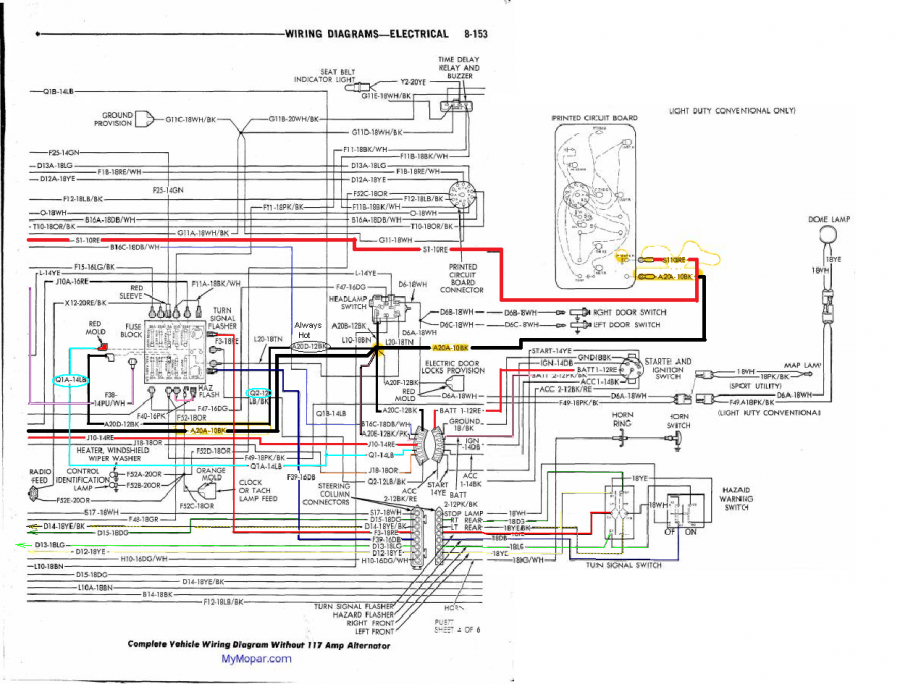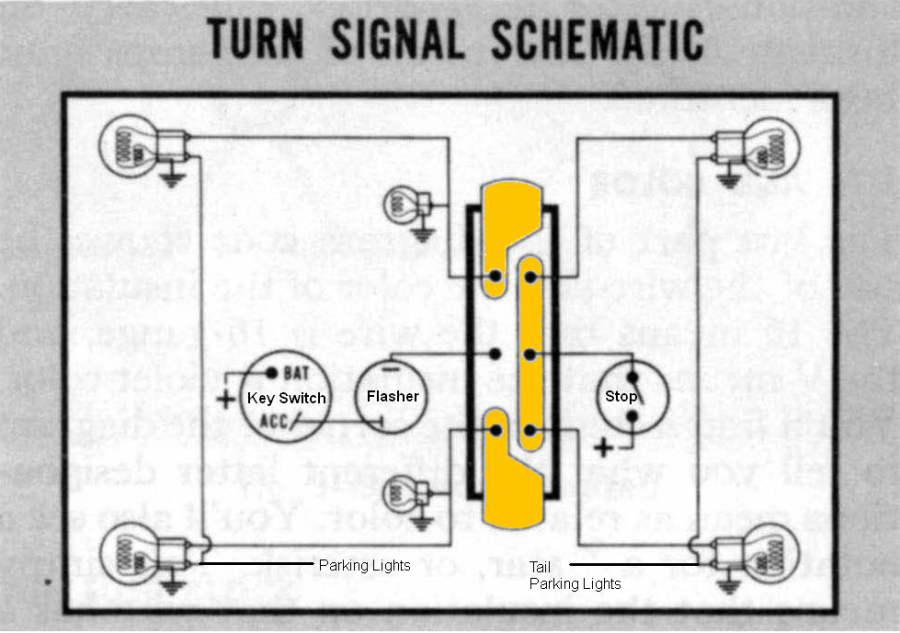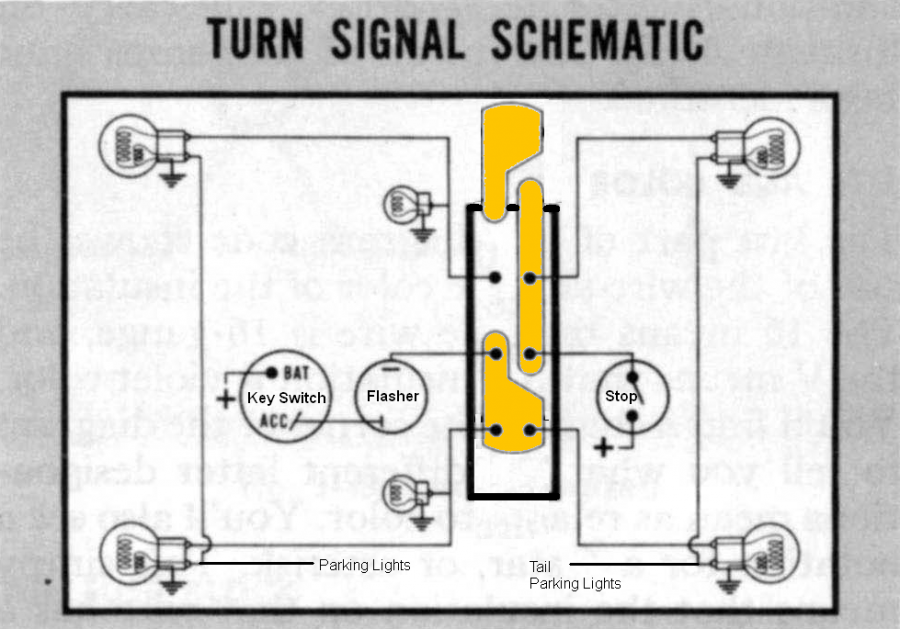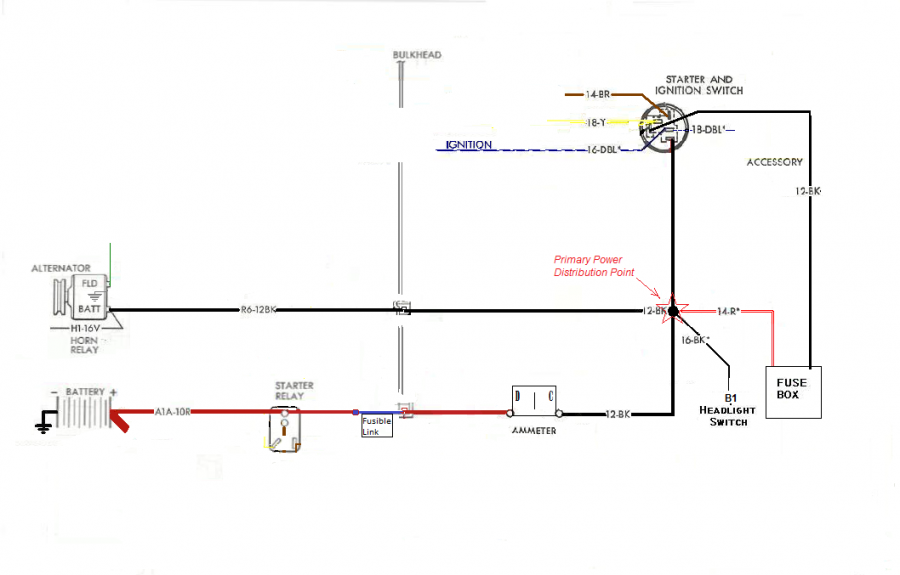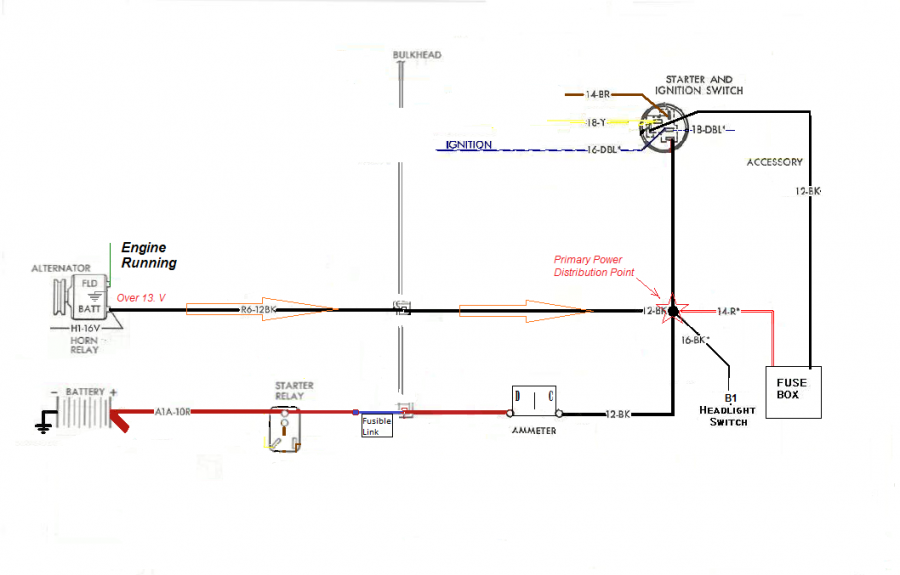Whether it would be worthwhile depends on the person!

Witness how many owners don't know what the ammeter shows.
If you want to see whether the battery is getting charged, how much it is being charged and for how long; and whether it is discharging, how much it is discharging and for how long, then this type of ammeter is useful.
Not every car company offered ammeters on their baseline cars and trucks. Some used 'idiot lights' which arguably may grab a driver's attention when something is wrong. In contrast, a gage pointing to any particular point, or even an extreme has to be interpreted as to whether it is normal, abnormal or even dangerous conditions. There's at least one post on the IFSJA forum where TWICE the owner left something on, needed a jump start. The second time he attempted to drive home even while ammeter (which goes to 60 amps) was pegged to charge and he could tell the wires was sizzling. He got lucky and the fusible link finally melted before something flammable lit up.
Now here's the thing. An ammeter alone doesn't tell the whole story.
If we see what appears to be excessive charging, we still need a voltmeter to help us narrow down the cause.
If the voltage across the battery was in normal rangewhile the ammeter is showing this, its probably due to the battery excessively low condition.
In this scenario, we'd ant to try to get the battery on a charger, and if not available, keep the rpms as low as possible so the battery doesnt get hot. (or the wires!)
On the other hand, if the voltage across the battery is at say 16 Volts, then excessive current to the battery would be due to the high voltage driving it. Something is wrong on the regulation side. Either the regulator is getting bad info or its not working properly.
So a dashboard voltmeter shows potential being maintained by the battery or the alternator.
and a dashboard ammeter shows whether battery charging or discharging is occuring.
Hope that makes sense.
